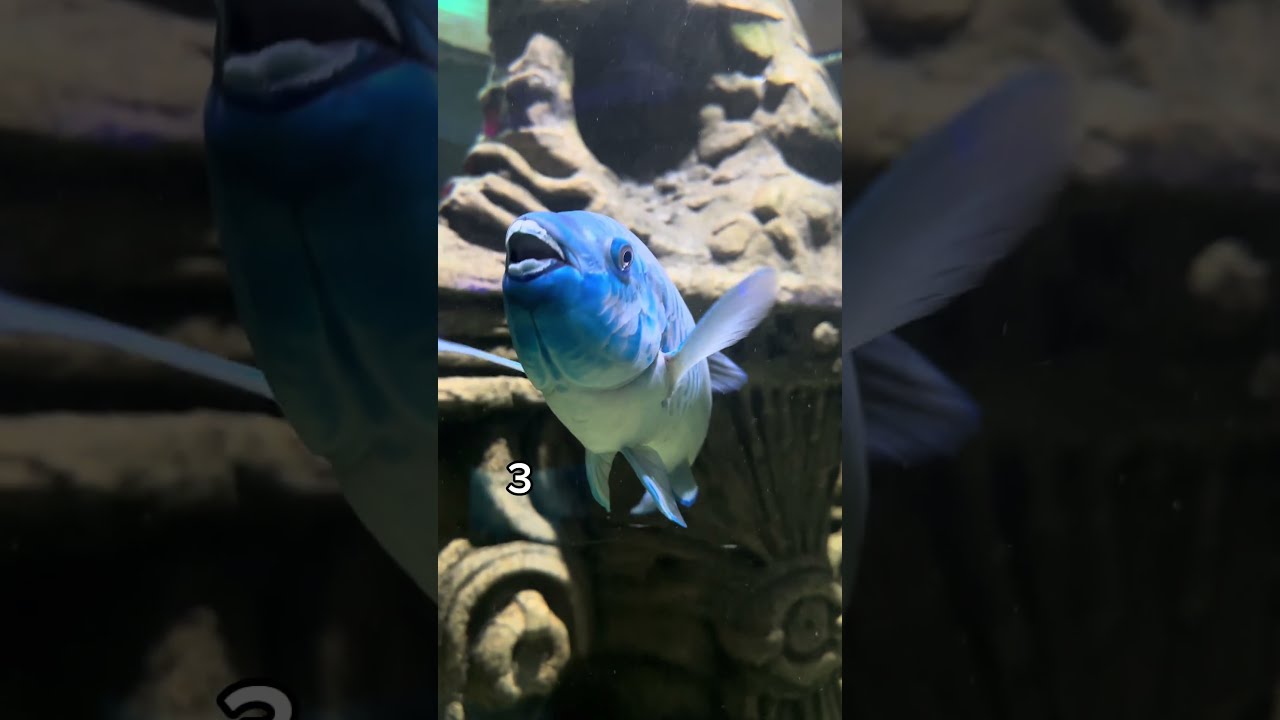- The importance of aquariums in wildlife conservation and education.
- The role of digital content in promoting awareness, particularly through social media.
- Understanding the ecological significance of fish species featured in aquariums.
- An overview of the Audubon Aquarium’s efforts in wildlife preservation.
- Encouraging human connection and engagement with marine life through interactive experiences.
Aquariums have long been pillars in the field of wildlife conservation and education. They provide a sanctuary for countless species, making them accessible to the public while also playing a vital role in the conservation of aquatic life. Institutions like the Audubon Aquarium are particularly influential, as they blend education with conservation, offering insights into the lives of marine organisms.
The digital age has transformed how people engage with and learn about nature. Social media platforms play a pivotal role, especially with trends like "Tag your bestie 🤭 🐟 #audubonaquarium #ifiwereafish #bestie #aquarium." Such tags invite friends to participate in a shared experience, enhancing public interest and understanding of aquatic life.
The ecological significance of fish species showcased in aquariums cannot be understated. Many of these species serve crucial roles in their natural habitats, contributing to the balance of marine ecosystems. By highlighting these fish, aquariums foster a deeper appreciation for biodiversity and ecosystem health.
The Audubon Aquarium, in particular, is committed to the preservation of marine life. It undertakes initiatives that support habitat restoration, species research, and collaborative conservation efforts. These endeavors not only benefit the species in their care but also contribute to broader environmental goals.
Encouraging personal connections with marine life is an integral aspect of aquariums. Interactive exhibits and educational programs stimulate interest and commitment to conservation causes. By fostering these connections, aquariums inspire positive actions and responsible stewardship of the environment.
Aquariums serve as vital educational resources, combining scientific knowledge with public engagement. They provide insights into aquatic ecosystems and demonstrate conservation practices. With increasing threats to marine biodiversity, these institutions are more important than ever in promoting awareness and action for wildlife conservation. Their efforts are amplified by integrating digital strategies that connect with audiences worldwide.
*****
Source Description


